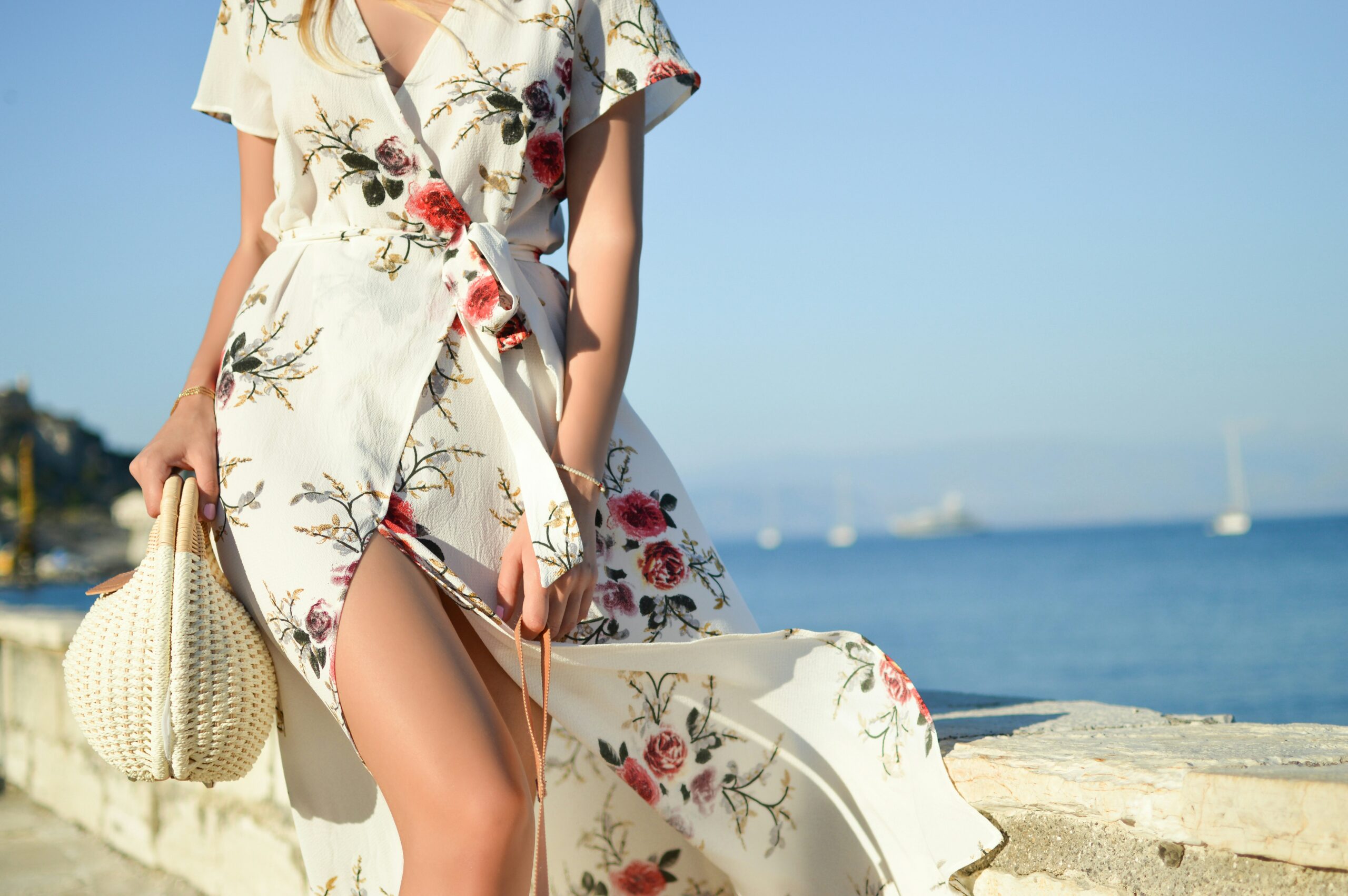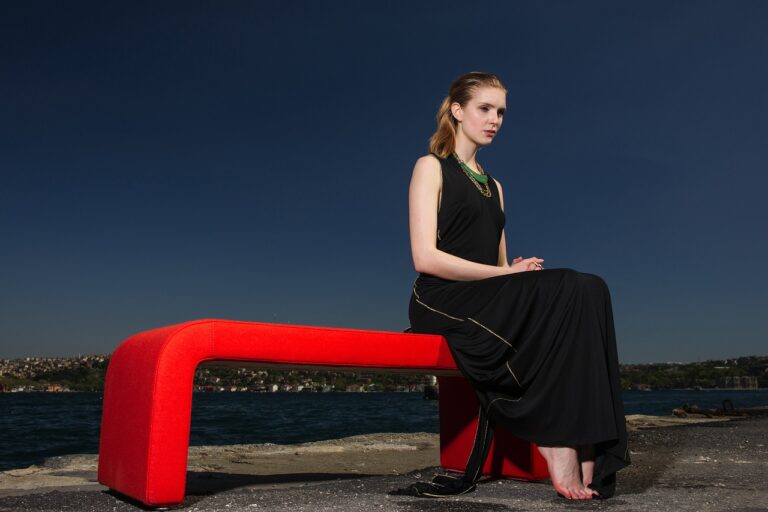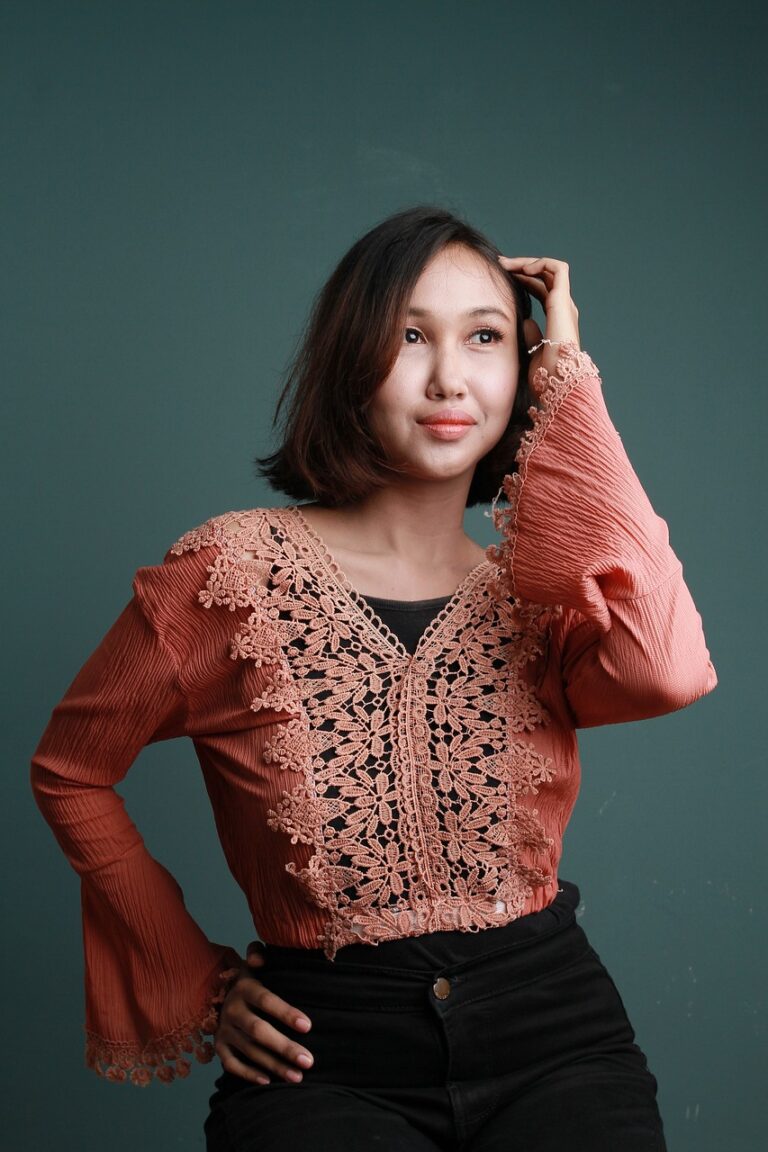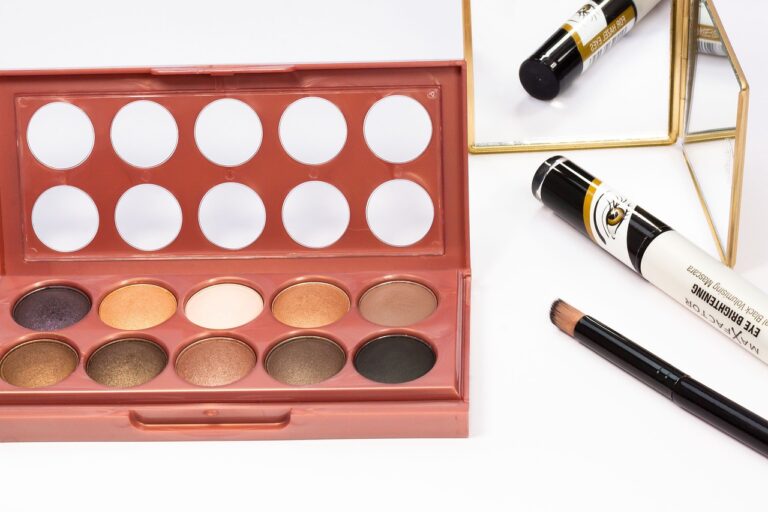Fashion and Responsible Marketing: Promoting Body Positivity and Diversity in Advertising Campaigns
Body positive advertising campaigns have been significantly influencing consumers’ perceptions and attitudes towards themselves and others. By featuring diverse body types, skin colors, and abilities, these ads challenge traditional beauty standards and promote inclusivity. Such representations can boost viewers’ self-esteem and foster a positive body image, ultimately encouraging individuals to embrace their uniqueness and feel more confident in their own skin.
Moreover, body positive advertising has the power to create a sense of connection and relatability with consumers. When brands showcase real people with authentic stories and experiences, it resonates with audiences on a personal level. This relatability can strengthen the emotional bond between consumers and the brand, leading to increased loyalty and trust. In a society where unrealistic beauty ideals have long been perpetuated, body positive advertising serves as a refreshing and empowering shift towards authenticity and acceptance.
Challenges Faced by Brands in Promoting Diversity in Marketing
Brands often encounter obstacles when attempting to promote diversity in their marketing strategies. One common challenge is the fear of alienating their existing customer base by showcasing a more inclusive range of models and lifestyles. This concern can lead to a reluctance to deviate from traditional advertising norms, perpetuating stereotypes and limiting representation in the media.
Moreover, some brands struggle with the internal shift required to authentically embrace diversity in their marketing efforts. This involves not only hiring a more diverse workforce but also ensuring that diverse voices are heard and respected within the organization. Without a genuine commitment to inclusion and equity, brands may fall short in effectively connecting with an increasingly diverse consumer base.
Case Studies of Successful Body Positive Advertising Campaigns
Dove’s “Real Beauty Sketches” campaign garnered widespread acclaim for its powerful message and impact on consumers. By showcasing women of diverse ages, ethnicities, and body types describing themselves to a forensic sketch artist, the campaign aimed to challenge beauty standards and promote self-acceptance. The emotional reactions of participants and viewers alike highlighted the campaign’s success in sparking conversations about beauty and self-perception.
Aerie, a lingerie and activewear brand, embraced body positivity with their “Aerie Real” campaign which featured models with unretouched photos, stretch marks, scars, and disabilities. By showcasing authenticity and diverse representation, Aerie successfully connected with consumers who appreciated seeing themselves reflected in the brand’s marketing efforts. The campaign’s emphasis on real beauty and inclusivity resonated with audiences and contributed to a significant increase in sales for the brand.
• Aerie’s “Aerie Real” campaign emphasized authenticity and diverse representation
• The campaign featured models with unretouched photos, stretch marks, scars, and disabilities
• Consumers appreciated seeing themselves reflected in the brand’s marketing efforts
In addition to Dove and Aerie, Lane Bryant’s #ThisBodyIsMadeToShine campaign also made waves in the body positive advertising space. The campaign showcased plus-size models and celebrities celebrating their bodies and challenging societal norms of beauty. By promoting self-confidence and empowerment, Lane Bryant successfully engaged with its target audience and received praise for its bold messaging.
• Lane Bryant’s #ThisBodyIsMadeToShine campaign celebrated plus-size bodies
• The campaign promoted self-confidence and empowerment among consumers
• Lane Bryant received praise for its bold messaging on body positivity
Overall, these successful body positive advertising campaigns demonstrate the power of inclusive marketing strategies that celebrate diversity, challenge traditional beauty standards, and promote self-acceptance. By prioritizing authenticity, representation, and empowering messaging, brands can connect with consumers on a deeper level while making a positive impact on society as a whole.
What is body positive advertising?
Body positive advertising is a marketing strategy that promotes diversity and inclusivity by showcasing a wide range of body types and promoting self-acceptance.
How does body positive advertising impact consumers?
Body positive advertising can boost self-esteem, foster a positive body image, and create a sense of empowerment among consumers who see themselves represented in ads.
What challenges do brands face in promoting diversity in marketing?
Brands may face backlash from consumers who are not accustomed to seeing diverse representations in advertising, as well as internal resistance to change within the organization.
Can you provide examples of successful body positive advertising campaigns?
Yes, some examples of successful body positive advertising campaigns include Dove’s “Real Beauty” campaign, Aerie’s #AerieREAL campaign, and Nike’s “Dream Crazier” campaign featuring Serena Williams.
How can brands ensure the authenticity of their body positive advertising campaigns?
Brands can ensure the authenticity of their campaigns by working with diverse models and influencers, engaging in conversations with their target audience, and being transparent about their intentions to promote inclusivity and self-acceptance.






